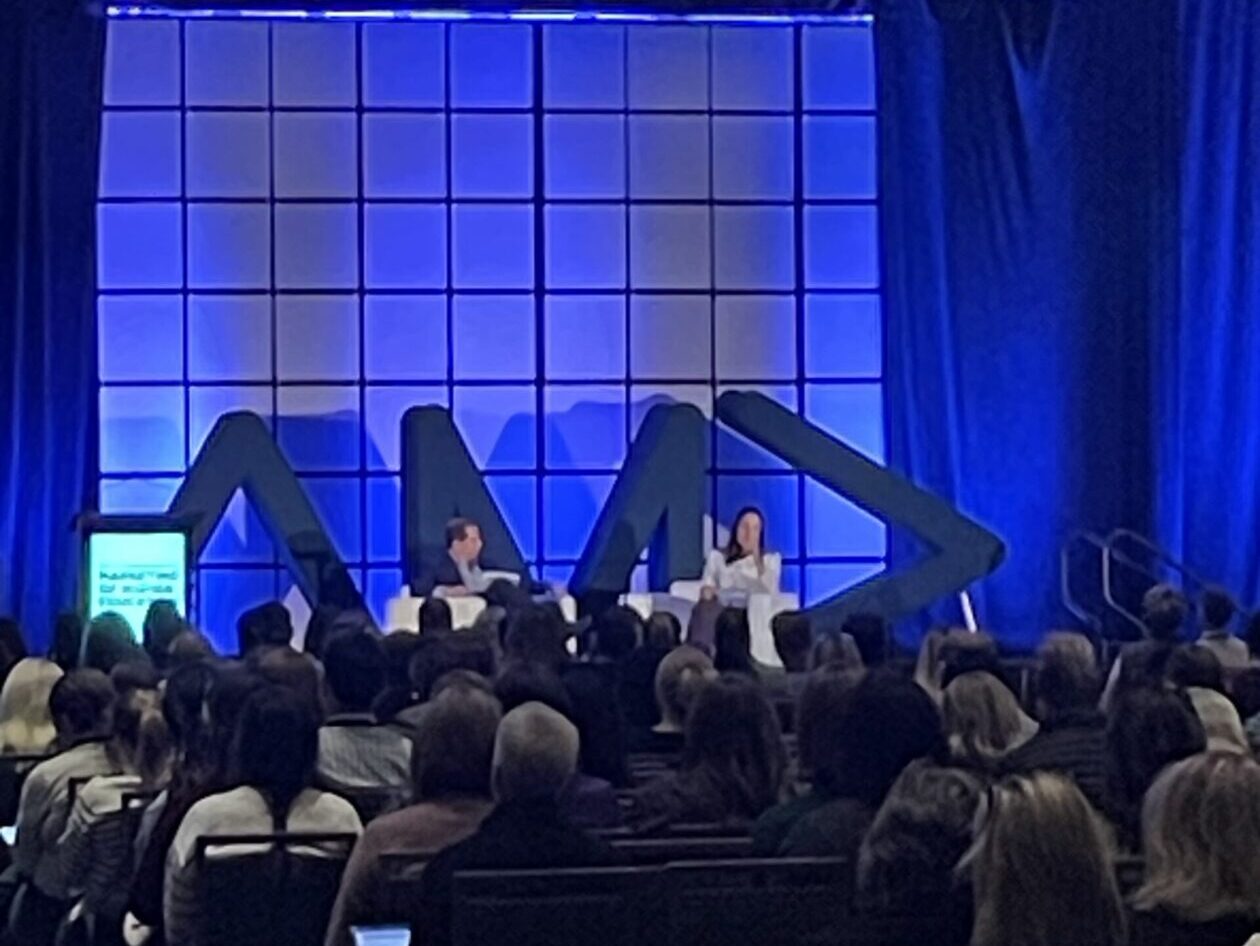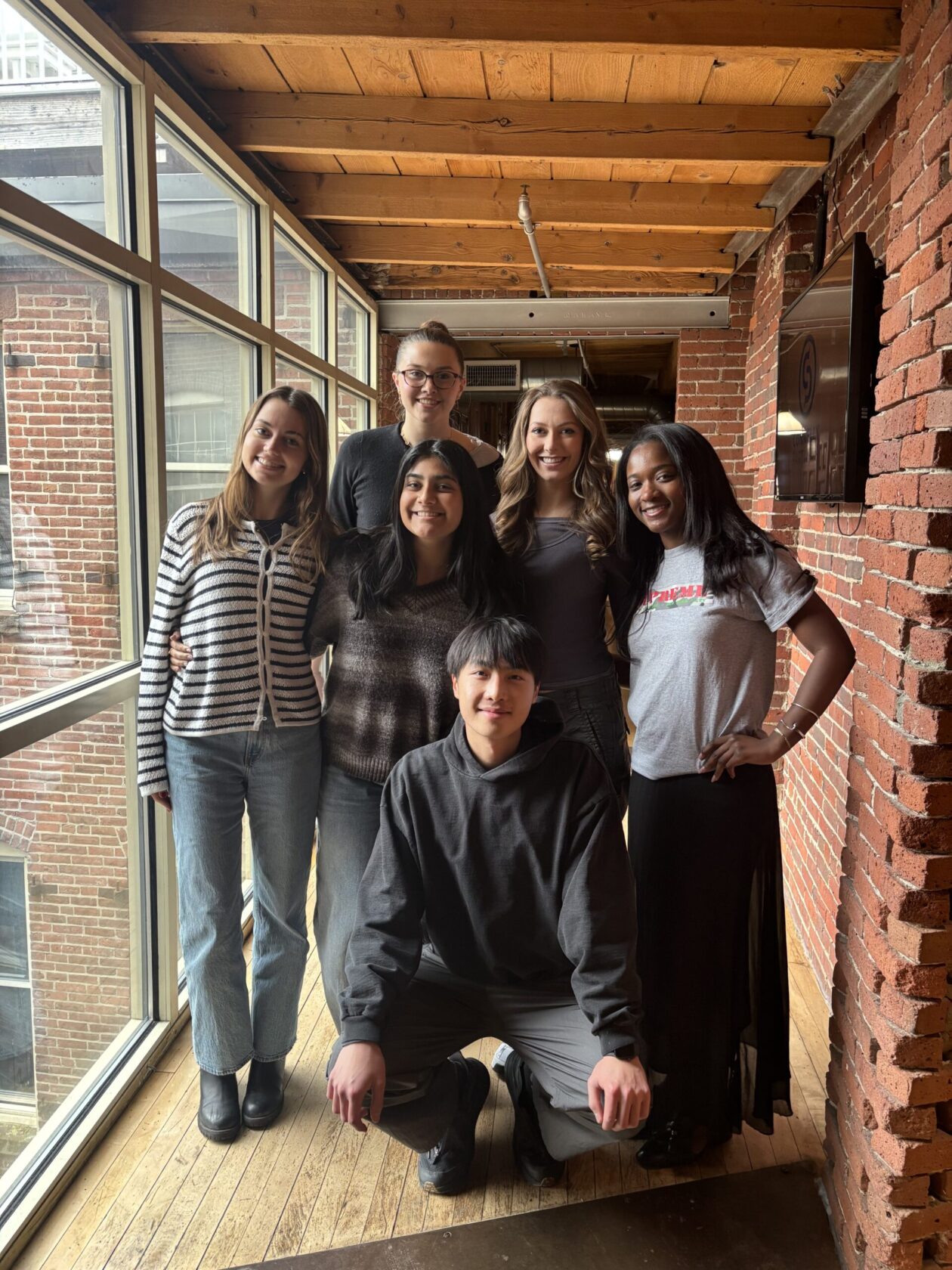Gene Begin, Managing Director, CP Education
Three days with colleagues and industry peers at a higher education marketing conference always does two things: confirms challenges are similar no matter the institution and motivates and invigorates marketers to meet those challenges head on. This year’s eduWeb in Portland, Maine was no different.
AI tips aside (I mean what conference doesn’t cover AI in 2025), three themes I gleaned from the keynotes and session discussions I attended were that institutions needed to prioritize brand clarity, incorporate the strategic use of influencer marketing (insert obvious bias here), and make smart investments in paid media.
Achieving Brand Clarity
Two keynotes focused on brand: “How Brand Clarity Affects Enrollment” with ADV Market Research & Consulting and Bates College and “Does Your Brand Even Matter?” by Ethan Braden, CMCO at Texas A&M. Both highlighted how understanding your institution’s brand narrative is paramount for reputation, reach and enrollment success. ADV’s research survey of 3500 prospective students exhibited how a brand story is essentially the compelling reason your institution exists and how important it is for a prospective student to see themselves as part of it.
A new Gallup poll shows that confidence in U.S. higher education is actually on the rise, with much thanks deservedly being given upon higher ed marketers. While Braden acknowledged that differentiation in the sector can be challenging due to similar principles, a collaborative industry, and inward-looking influence, colleges and universities have increasingly continued to market the value of higher education in recent years.
Though industry brand-building has been instrumental, colleges and universities must focus on building their individual brands to see their own success. Ethan shared that to build a memorable brand, an institution should focus on five key principles:
Great brands are built on great insights.
Great brands stand for something and for someone.
Great brands offer outcomes, not features.
Great brands evoke feelings, not just facts.
Great brands tell great stories.
The goal is to enchant your audience, rousing and attracting ecstatic admiration and demand.
The Power of Paid Media Investment
In the research done by ADV Market Research & Consulting, it indicated a strong correlation between ad spend and brand clarity. The schools with the higher paid media investment were more likely to have a brand that resonated with prospective audiences. And as Texas A&M CMCO Ethan Braden reminded us, even the most popular brands in the world need to invest in media. In 1986, in a speech to his board, Steve Jobs said, “Every brand needs investment and caring.” Nearly 40 years later, all of his remarks, including “It’s a very noisy world”, are extremely relatable to the present day.
In paid media, data can reveal clear pathways to success. That certainly holds true to your own campaigns and historical performance. But industry performance can also help provide some direction. Creative Communications Associates (CCA) led a great session with lessons learned from more than 50 higher ed media campaigns they led in recent years.
Their top 10 insights from their campaigns were:
Meta was the platform driving most conversions; 98% of conversions were parents.
Sponsored content boosts awareness.
November had the highest number of conversions for undergrad programs; 25% more than the second highest month, December.
– Graduate campaigns’ highest month was January and March was the second highest month; January conversions were 21% more than March.The best performing ads had graphical treatments and/or campus visuals; the sea of sameness of photos with smiling faces did not perform well.
Traditional media boosted search volume by 20-50%, depending on the channels used; the top performing channel was TV, followed by radio, outdoor and print.
Static images drove more conversions than carousel and video formats; videos drove the most engagement.
Meta’s top targeting tactic was Advantage+; it provided a 20-30% boost in overall performance, including conversions (30% higher) and costs (CPC was 20% less and CPA was 10% less).
For graduate campaigns, LinkedIn was the highest performing platform.
– Conversation ad leads are more likely to apply than not; send the conversation ads from a person rather than the institution.TikTok drove most traffic to the website when included in the media mix; Meta was second and display was third.
Incentives work; people will give information if receiving something (infographic, guide, thought leadership content, etc).
Embracing Influencer Marketing
While two sessions spoke directly about influencer marketing (our Incorporating Influencer Marketing in Your Media Strategy panel and Maximizing Influencer Marketing by Maya Demishkevich), multiple speakers and attendees also spoke about its growing impact on their campuses and in prospective student recruitment.
In the college search process, prospective students are increasingly looking for authentic voices. In the research from ADV Market Research & Consulting, social media content not directly managed by the college, such as posts from current students, ambassadors, and influencers, were more highly desired than branded social media content.
The emphasis in content should be on the student experience, tailored to specific student affinities. Be sure to use influencers of all kinds, ensuring you’re representing underrepresented groups, students from non-traditional backgrounds and programs that may not have the strongest marketing budget. And think of activating staff, faculty and external audiences such as college counselors to showcase different perspectives and relate to families and guardians who may be exploring the institution.
We all can have anxious feelings around these types of big life changes and this is one of the biggest purchase decisions for any family. Authenticity can be more important than ever to limit that anxiety. And an insider perspective for those who don’t have access to visit firsthand can go a long way in making prospective audiences more comfortable throughout the college search process. As the ADV team shared, people connect with and respond to stories, much more than data points. By leveraging the authentic voices and stories of those who are experiencing or have experienced your institution firsthand, you can create powerful narratives that resonate deeply with future students.



